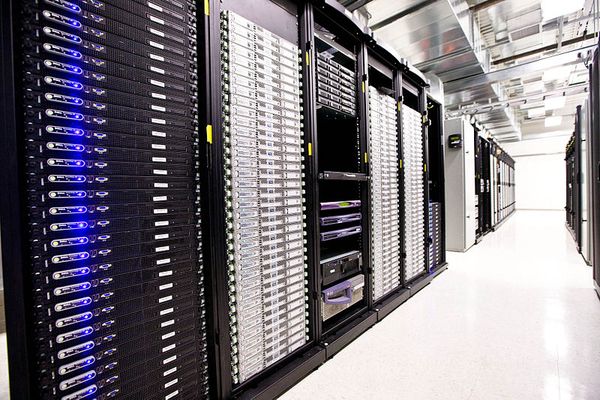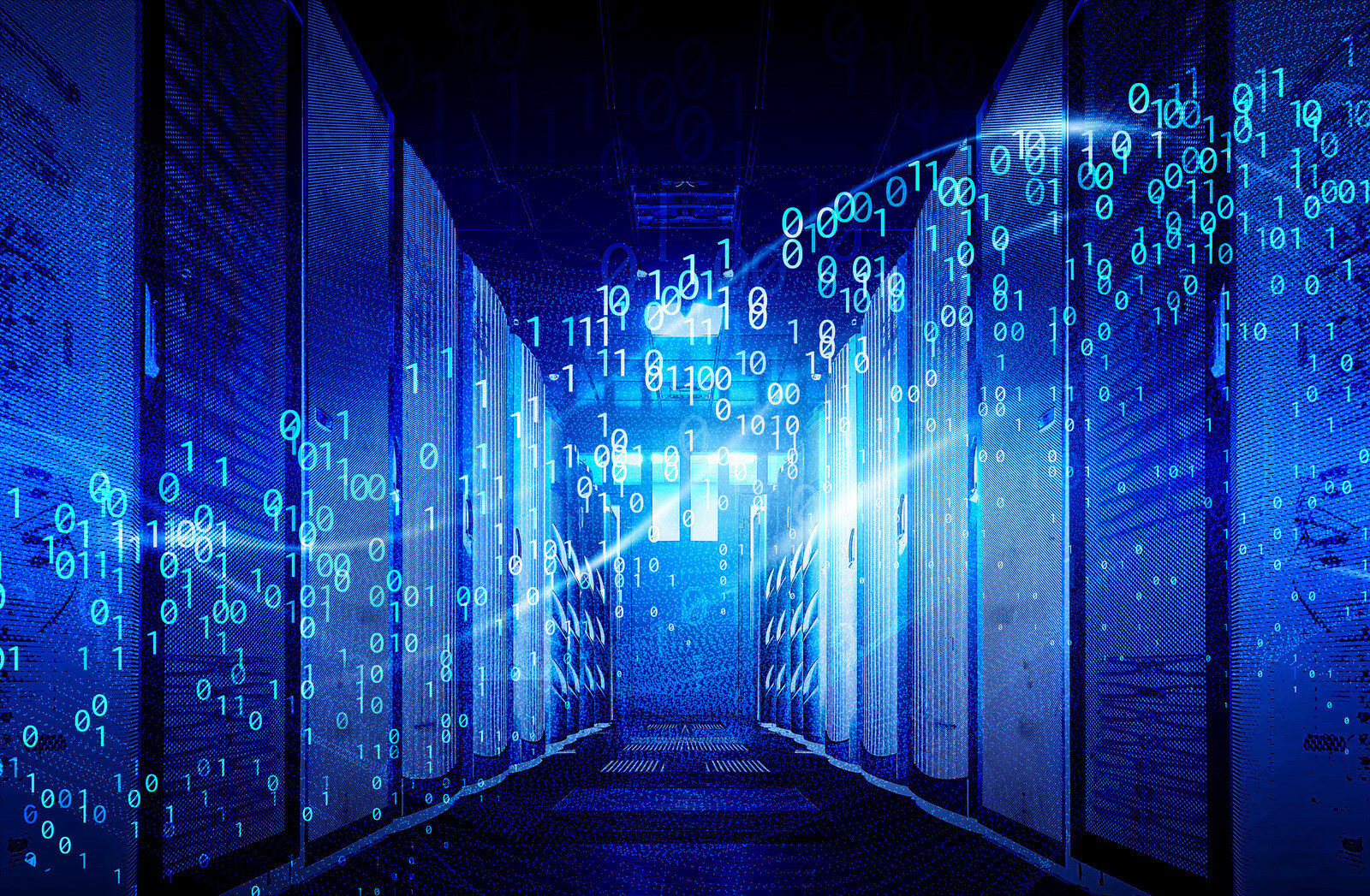What is a Colocation Data Center? And What are the Different Types?

While big tech employee layoffs and stock price woes have grabbed the headlines, companies across the economy are ramping up IT spending fueling a demand for new data centers.
“There is too much demand for these structures,” Danny Horton, senior project manager of the data center division at PCL Construction Seattle office, told Construction Dive. “And while the layoffs have hit the industry hard, new opportunities continue to arise, and we’ll keep seeing momentum and growth for years.”
A new survey by Gartner says that tech spending overall will rise about 5.1 percent next year after a gain of less than 1 percent this year.
“Enterprise IT spending is recession-proof as CEOs and CFOs, rather than cutting IT budgets, are increasing spending on digital business initiatives,” said John-David Lovelock, Distinguished VP Analyst at Gartner. “Economic turbulence will change the context for technology investments, increasing spending in some areas and accelerating declines in others, but it is not projected to materially impact the overall level of enterprise technology spending.”
Colocation Providers Filling in the Gaps
Hyperscale data centers, built by big-name companies, as well as enterprise data centers owned and maintained by companies of all sizes, have seen some pullback in capital expenditures, but colocation data center providers are filling in the gaps.
Horton said top colocation providers, which rent data center facility space to third parties, are “actually leading the industry in time-to-market and scalability” with the construction of smaller data centers and retrofitting of existing facilities such as older warehouses streamlining the process.
“Colocation players are building smaller and more efficiently, and they can get data center space to the market in a considerably shorter period, so development will continue at all levels of data center construction,” said Horton.
Space for Rent: What Makes a Colo Facility vs. Cloud
Colocation data centers, sometimes shortened to colo, are sometimes confused with cloud storage but there is a difference.
“Colocation involves a customer moving their servers and hardware into a data center and using its power internet connection, cooling, and security systems,” explains Telnet. “Cloud storage involves the customer or business utilizing the provider's servers and hardware to store data or run systems.”
Colocation and cloud are not mutually exclusive, and many businesses mix the two into their IT game plans.
“A mix of colocation and cloud can be very beneficial for balancing requirements including security, flexible compute resource levels, and legacy applications,” says Interxion.
TechTarget points out that every colocation provider has its own way of doing things, so features vary from one host to another, but the common building blocks have the host providing the:
- Building
- Cooling
- Power
- Bandwidth
- Physical Security
The customer provides the servers and storage with space in the facility often leased by the:
- Rack
- Cabinet
- Cage
- Room
“Colocation is a strategic move in the age of digital transformation, allowing businesses to rent space for IT infrastructure in a data center,” says Interxion.
Colo Types: Retail, Wholesale and Hybrid Cloud
Colocation data centers are broken down into two main categories: retail and wholesale.
The third type of colocation data center, a hybrid cloud-based facility, has also emerged.
Sunbird explains the difference between retail, wholesale, and hybrid cloud-based colocation as:
- Retail Colocation: A customer leases space within a data center, usually a rack, space within a rack, or a caged-off area.
- Wholesale Colocation: A tenant leases a fully built data center space, generally at a cheaper rate than retail vendors, but with lower power and space requirements.
- Hybrid Cloud-Based Colocation: Hybrid cloud-based colocation is a mix of in-house and outsourced data center services.
Advantages of Colocation Data Centers
TechTarget says that businesses can take advantage of several benefits by using colocation data centers, including:
- Leasing space in a colocation facility is less expensive than building or expanding a data center.
- Colocation facilities allow tenants to use server and storage hardware of their own choosing.
- A colocation data center adheres to strict physical security protocols and might also offer protection against cyberattacks.
- Colocation facilities almost always provide on-site technical support services.
- Additional data center space is usually available if you need it, which means that a colocation data center can accommodate growth.
“Colocation is an ideal solution for businesses that require a mix of hybrid and multi-cloud storage, as well as servers that store data locally for compliance reasons. Businesses that have outgrown on-premises equipment in their offices, often don’t have the CAPEX to build their own data center, which is why colocation works so well,” says Interxion.
Understanding Your Colocation Data Center Tiers
Colocation data centers can be broken down into four tiers based on the way the facility was constructed as well as its operational efficiency.
The four tiers of colocation data center standards are:
- Tier 1: Nonredundant power, cooling, and network connectivity with a single, non-redundant distribution path serving IT equipment and non-redundant capacity components.
- Tier 2: All Tier 1 requirements plus redundant capacity components which include at least some redundancy for power and cooling.
- Tier 3: All Tier 1 and Tier 2 requirements plus multiple independent distribution paths serving IT equipment (with one distribution path serving equipment at any one time typically). All IT equipment is dual-powered and fully compatible within the topology of a site’s architecture. At this tier, the colocation data center should be able to withstand a 72-hour power outage.
- Tier 4: All Tier, 1, Tier 2 Tier 3 requirements plus the facility is fully fault-tolerant, through electrical, storage, and distribution networks. All cooling equipment is independently dual-powered, including HVAC systems. At this tier, the colocation data center should be able to withstand a 96-hour power outage.
Pricing may be based on the amount of rack space used or the square footage of floor space consumed. TechTarget says the other factors in the overall cost of leasing space in a colocation facility may include:
- Bandwidth usage
- Power consumption
- Geographic location
- Technical support incidents
- A support contract
- A required power distribution unit
From California to Texas to Virginia there are plenty of colocation data center options with a report released on Nov. 29 showing that the data center colocation market in the America’s will grow at an annual rate of 5.34 percent during 2022 to 2027, increasing from $7.75 billion to $10.58 billion.
“The North American data center market leads growth in the overall industry, with early availability and adoption of innovative technology and investments … driven by the availability of land, governmental support, data protection laws, and tax incentives by the state governments,” said the report.
Subscribe to News
Recent posts
LATEST NEWS
Wednesday February 8, 2023
Thursday May 9, 2024
Wednesday July 3, 2024







